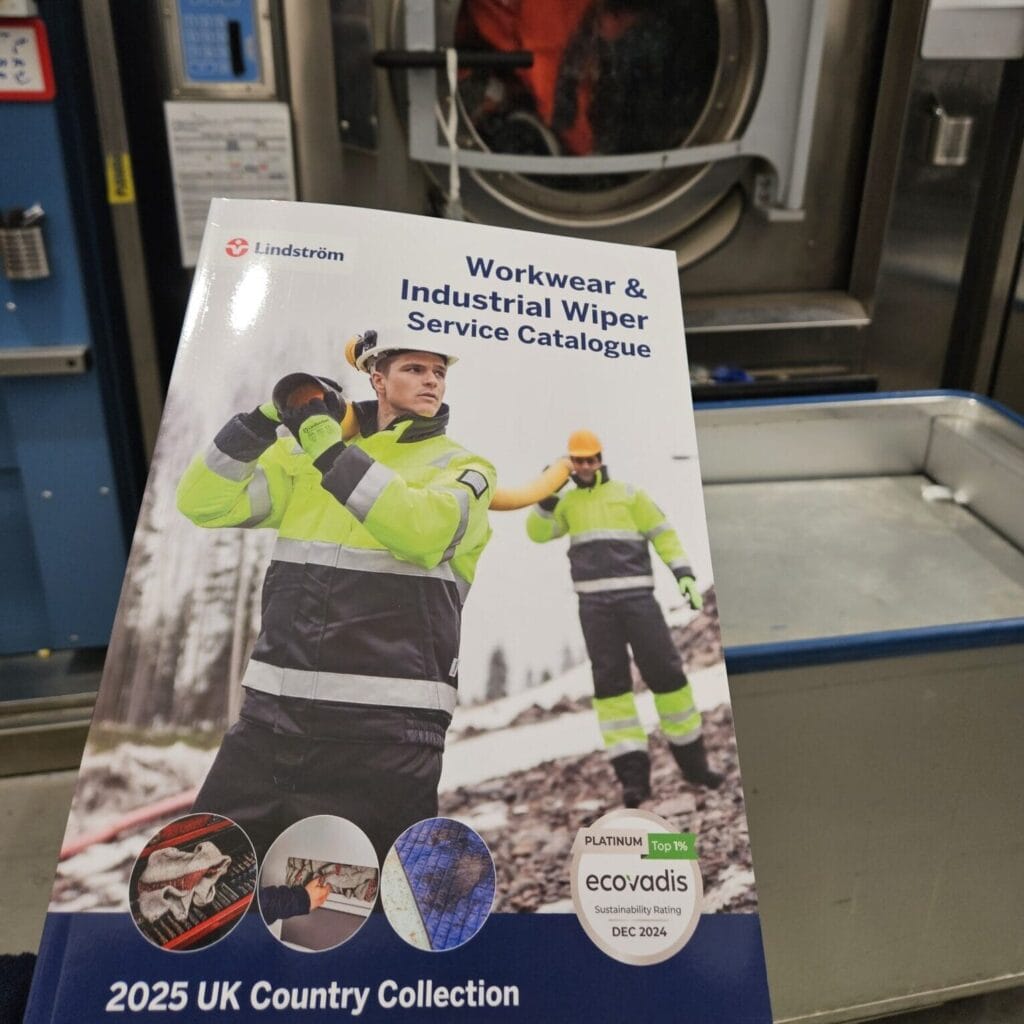
Why workwear is so important for health and safety
Industrial workwear is essential for workers in many different fields, often needing to meet industry-specific standards. This workwear is usually designed to protect the worker, but in some cases, it also protects the people that they come in contact with.
Industrial workwear needs always to be clean and safe to ensure that it does pose a risk to the wearer and other people. It needs to be certified to the latest health and safety standards, with the level of protection and legal obligations varying immensely per industry.
Workwear may be used to improve the visibility of your workers or to protect them against the dangers and hazards of your workforce’s professional.
Chemical spills – Workwear can be supplied to protect your worker’s skin and eyes from chemical spills. These hazards might include chemicals such as pesticides, which can burn or even break a person’s skin.
Sparks and flames – In the case of welders, workwear can be fire-resistant, protecting your employees from welding sparks and flames.
Cuts and abrasions – Workwear will also protect against cuts from sharp or moving objects. Garments are available that are made from different materials and with different thicknesses, to mitigate the risks.
High visibility and insulation – For outdoor workers, being seen by others can be of paramount importance. This is particularly true when they work in the same environment as machines or vehicles such as forklift trucks or diggers. Workwear can be supplied that is waterproof, or it can have an extra insulating layer for warmth.
To protect your business’s workers from cuts and burns, the right workwear is essential. You are responsible for your worker’s safety, and Lindstrom can be your partner in achieving this and protecting you against possible litigation.
Why use Lindstrom for your industrial workwear?
Hygienic cleaning of workwear can not happen at home. Home washing simply removes visible dirt, and it does not kill pathogens and bacteria. Our workwear rental program ensures that your workers have clean and hygienic workwear every day.
Our workwear is:
- Washed to high hygiene standards in their own machines
- Washed at sufficiently high temperatures
- Cleaned using special disinfecting washing chemicals that remove all pathogens
- Repaired or replaced when damaged
It can be expensive to buy or keep replacing industrial workwear. It’s far more cost-effective to rent workwear from a specialised workwear rental and cleaning company.



